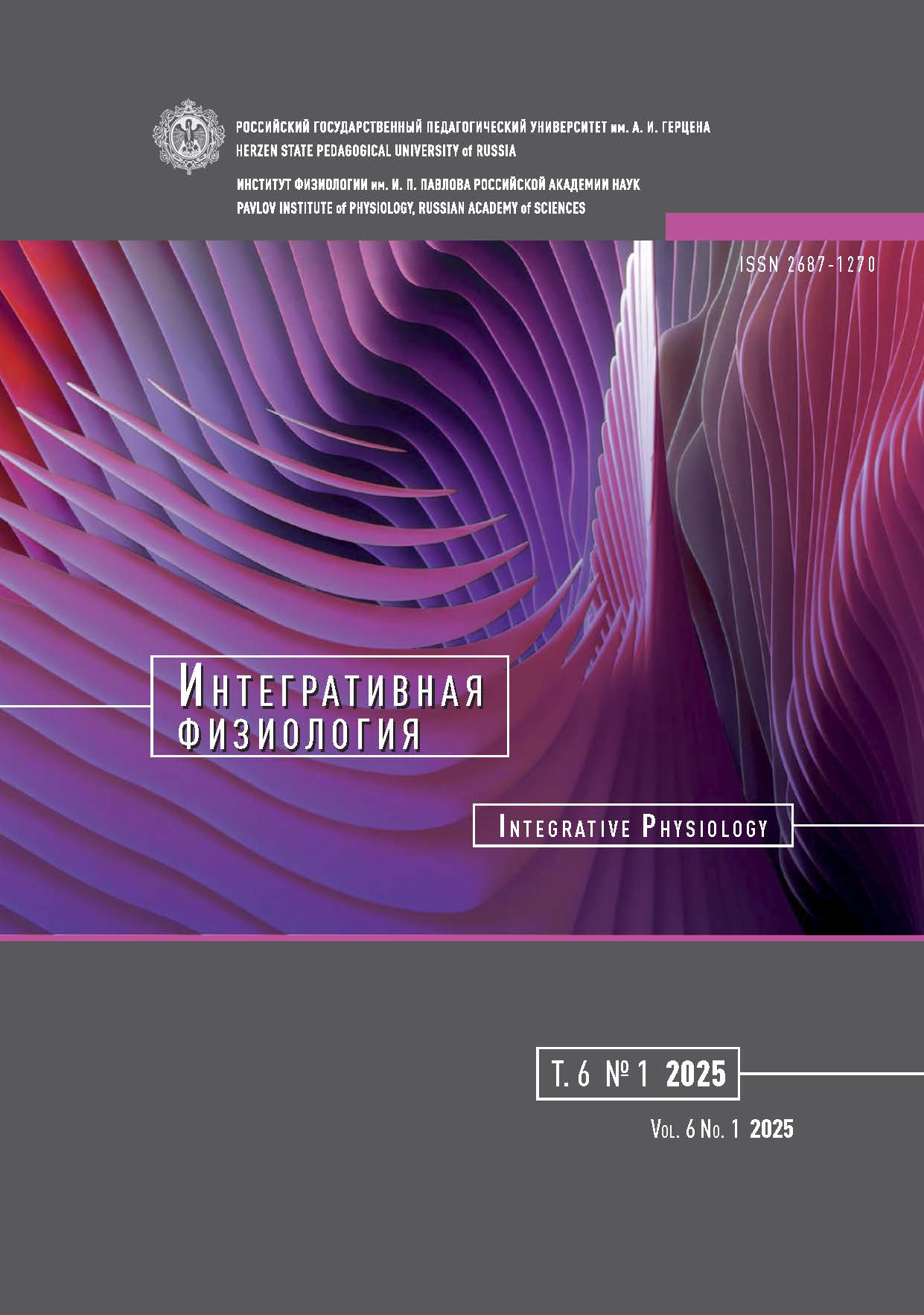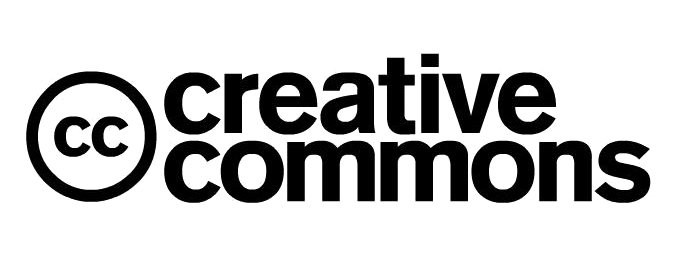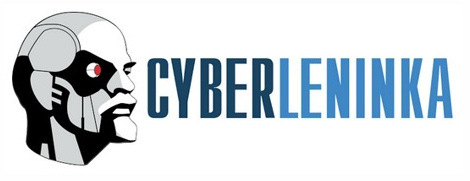Evolutionary and revolutionary development of computing devices
DOI:
https://doi.org/10.33910/2687-1270-2025-6-1-41-65Keywords:
computing devices, electronic computing, history of computing, computers, information technologyAbstract
This article presents a historical overview of the development of computing technologies from ancient times to the present day. It documents key historical events, device names, dates of inventions and discoveries, as well as computational terms still in use today. The study identifies both evolutionary and revolutionary milestones that contributed to the advancement of computing devices. The review examines early mechanical innovations along with their creators — notable Russian and international mathematicians, mechanical engineers, and inventors — while also providing interesting biographical details. It highlights the contextual circumstances surrounding these inventions and their subsequent industrial production. The paper discusses fundamental discoveries in mathematics and electrophysics that enabled the progressive development of electromechanical and electronic computing systems. It analyzes the established generational classification of computers — from early electromechanical devices and vacuum tube machines to semiconductor-based systems and modern integrated circuit technologies — while also categorizing contemporary computers by their intended applications. Theoretical foundations underlying modern information technologies are systematically reviewed, with acknowledgment of the scientists, mathematicians, and engineers responsible for pivotal breakthroughs in computing and related disciplines. Finally, the paper outlines potential pathways for future advancements in computing technology.
References
ЛИТЕРАТУРА
Апокин, И. А., Майстров, Л. Е. (1990) История вычислительной техники (От простейших счетных приспособлений до сложных релейных систем). М.: Наука, 264 с.
Белов, П. А., Беспалов, В. Г., Васильев, В. Н. и др. (2006) Оптические процессоры: достижения и новые идеи. В кн.: И. П. Гуров, С. А. Козлов (ред.). Проблемы когерентной и нелинейной оптики. СПб.: Изд-во НИУ ИТМО, с. 6–36.
Брук, И. С. (ред.). (1957) Быстродействующая вычислительная машина М-2. М.: Государственное издательство технико-теоретической литературы, 111 с.
Валиев, К. А., Кокин, А. А. (2004) Квантовые компьютеры: надежды и реальность. Ижевск: РХД, 320 с.
Гутер, Р. С., Полунов, Ю. Л. (1981) От абака до компьютера. 2-е изд. М.: Знание, 208 с.
Казакова, И. А. (2011) История вычислительной техники. Пенза: Изд-во Пензенского государственного университета, 232 с.
Калашников, С. Г. (1985) Электричество. 5-е изд. М.: Наука, 576 с.
Каляев, И. А. (2019) Искусственный интеллект: камо грядеши? Экономические стратегии, т. 21, № 5 (163), с. 6–15. https://doi.org/10.33917/es-5.163.2019.6-15
Нечволодов, А. Д. (2007) Сказания о русской земле. М.: Эксмо, 1088 с.
Полунов, Ю. Л. (2004) От абака до компьютера: судьбы людей и машин. Книга для чтения по истории вычислительной техники в двух томах. Т. 2. М.: Русская редакция, 544 с.
Рамбиди, Н. Г. (2007) Нанотехнологии и молекулярные компьютеры. М.: Физматлит, 256 с.
Ревич, Ю. В., Малиновский, Б. Н (2014) Информационные технологии в СССР. Создатели советской вычислительной техники. СПб.: БХВ-Петербург, 336 с.
Семендяев, К. А. (1960) Счётная линейка. 11-е изд. М.: Физматгиз, 48 с.
Смолов, В. Б., Пузанков, Д. В. (2001) Шесть поколений вычислительной техники (из истории кафедры ВТ). СПб.: СПбГЭТУ «ЛЭТИ», 242 с.
Таненбаум, Э. С. (2008) Компьютерные сети. 4-е изд. СПб.: Питер, 991 с.
Тьюринг, А. М. (1960) Может ли машина мыслить? М.: Государственное издательство физико-математической литературы, 112 с.
Угланов, А. И. (2024) Квантовые компьютеры и искусственный интеллект: будущее или фантастика? Аргументы недели, № 23 (920), 10 июня. [Электронный ресурс]. URL: https://argumenti.ru/interview/2024/06/903688 (дата обращения 01.02.2025).
Фейнман, Р. Ф., Лейтон, Р. Б., Сэндс, М. Л. (2004) Фейнмановские лекции по физике. Т. 5. Электричество и магнетизм. 3-е изд. М.: Едиториал УРСС, 304 с.
Фернбах, С. (ред.). (1991) Супер ЭВМ. Аппаратная и программная организация. M.: Радио и связь, 320 с.
REFERENCES
Apokin, I. A., Maistrov, L. E. (1990) Istoriya vychislitel’noj tekhniki [History of computing technology]. Moscow: Nauka Publ., 264 p. (In Russian)
Belov, P. A., Bespalov, V. G., Vasil’ev, V. N. et al. (2006) Opticheskie protsessory: dostizheniya i novye idei [Optical processors: Achievements and new ideas]. In: I. P. Gurov, S. A. Kozlov (eds.). Problemy kogerentnoj i nelinejnoj optiki [Problems in coherent and nonlinear optics]. Saint Petersburg: National Research University ITMO Publ., pp. 6–36. (In Russian)
Brook, I. S. (ed.). (1957) Bystrodejstvuyushchaya vychislitel’naya mashina M-2 [High-speed computing machine M-2]. Moscow: Gostekhizdat Publ., 111 p. (In Russian)
Feynman, R. P., Leighton, R. B., Sands, M. L. (2004) Fejnmanovskie lektsii po fizike. T. 5. Elektrichestvo i magnetizm [The Feynman lectures on physics. Vol. 5. Electricity and magnetism]. 3rd ed. Moscow: Editorial URSS Publ., 304 p. (In Russian)
Fernbach, S. (ed.). (1991) Super EVM. Apparatnaya i programmnaya organizatsiya [Supercomputers: Class VI systems, hardware and software]. Moscow: Radio i svyaz’ Publ., 320 p. (In Russian)
Guter, R. S., Polunov, Yu. L. (1981) Ot abaka do komp’yutera [From the abacus to the computer]. 2nd ed. Moscow: Znanie Publ., 208 p. (In Russian)
Kalashnikov, S. G. (1985) Elektrichestvo [Electricity]. 5th ed. Moscow: Nauka Publ., 576 p. (In Russian)
Kalyaev, I. A. (2019) Iskusstvennyj intellekt: kamo gryadeshi? [Artificial intelligence: Whither goest thou?]. Ekonomicheskie strategii — Economic Strategies, vol. 21, no. 5 (163), pp. 6–15. https://doi.org/10.33917/es-5.163.2019.6-15 (In Russian)
Kazakova, I. A. (2011) Istoriya vychislitel’noj tekhniki [History of computing technology]. Penza: Penza State University Publ., 232 p. (In Russian)
Nechvolodov, A. D. (2007) Skazaniya o russkoj zemle [Tales of the Russian land]. Moscow: Eksmo Publ., 1088 p. (In Russian)
Polunov, Yu. L. (2004) Ot abaka do komp’yutera: sud’by lyudej i mashin. Kniga dlya chteniya po istorii vychislitel’noj tekhniki. T. 2 [From abacus to computer: The fates of people and machines. A reading book on the history of computing in two volumes. Vol. 2]. Moscow: Russkaya redaktsiya Publ., 544 p. (In Russian)
Rambidi, N. G. (2007) Nanotekhnologii i molekulyarnye komp’yutery [Nanotechnologies and molecular computers]. Moscow: Fizmatlit Publ., 256 p. (In Russian)
Revich, Yu. V., Malinovsky, B. N. (2014) Informatsionnye tekhnologii v SSSR. Sozdateli sovetskoj vychislitel’noj tekhniki [Information technology in the USSR. Creators of Soviet computing]. Saint Petersburg: BHV Publ., 336 p. (In Russian)
Semendyaev, K. A. (1960) Schetnaya linejka [Counting ruler]. Moscow: Fizmatgiz Publ., 48 p. (In Russian)
Smolov, V. B., Puzankov, D. V. (2001) Shest’ pokolenij vychislitel’noj tekhniki (iz istorii kafedry VT) [Six generations of computing (from the history of the LETI Department of Computer Science)]. Saint Petersburg: ETU “LETI” Publ., 242 p. (In Russian)
Tanenbaum, E. S. (2008) Komp’yuternye seti [Computer networks]. 4th ed. Saint Petersburg: Piter Publ., 991 p. (In Russian)
Turing, A. M. (1960) Mozhet li mashina myslit’? [Can a machine think?]. Moscow: Fizmatlit Publ., 112 p. (In Russian)
Uglanov, A. I. (2024) Kvantovye komp’yutery i iskusstvennyj intellekt: budushchee ili fantastika? [Quantum computers and artificial intelligence: Future or fiction?]. Argumenty nedeli, no. 23 (920), 10 June. [Online]. Available at: https://argumenti.ru/interview/2024/06/903688 (accessed 01.02.2025). (In Russian)
Valiev, K. A., Kokin, A. A. (2004) Kvantovye komp’yutery: nadezhdy i real’nost’ [Quantum computers: Hopes and reality]. Izhevsk: R&C Dynamics Publ., 320 p. (In Russian)
Downloads
Published
Issue
Section
License
Copyright (c) 2025 Valeriy N. Chikhman

This work is licensed under a Creative Commons Attribution-NonCommercial 4.0 International License.
The work is provided under the terms of the Public Offer and of Creative Commons public license Creative Commons Attribution 4.0 International (CC BY 4.0).
This license permits an unlimited number of users to copy and redistribute the material in any medium or format, and to remix, transform, and build upon the material for any purpose, including commercial use.
This license retains copyright for the authors but allows others to freely distribute, use, and adapt the work, on the mandatory condition that appropriate credit is given. Users must provide a correct link to the original publication in our journal, cite the authors' names, and indicate if any changes were made.
Copyright remains with the authors. The CC BY 4.0 license does not transfer rights to third parties but rather grants users prior permission for use, provided the attribution condition is met. Any use of the work will be governed by the terms of this license.







